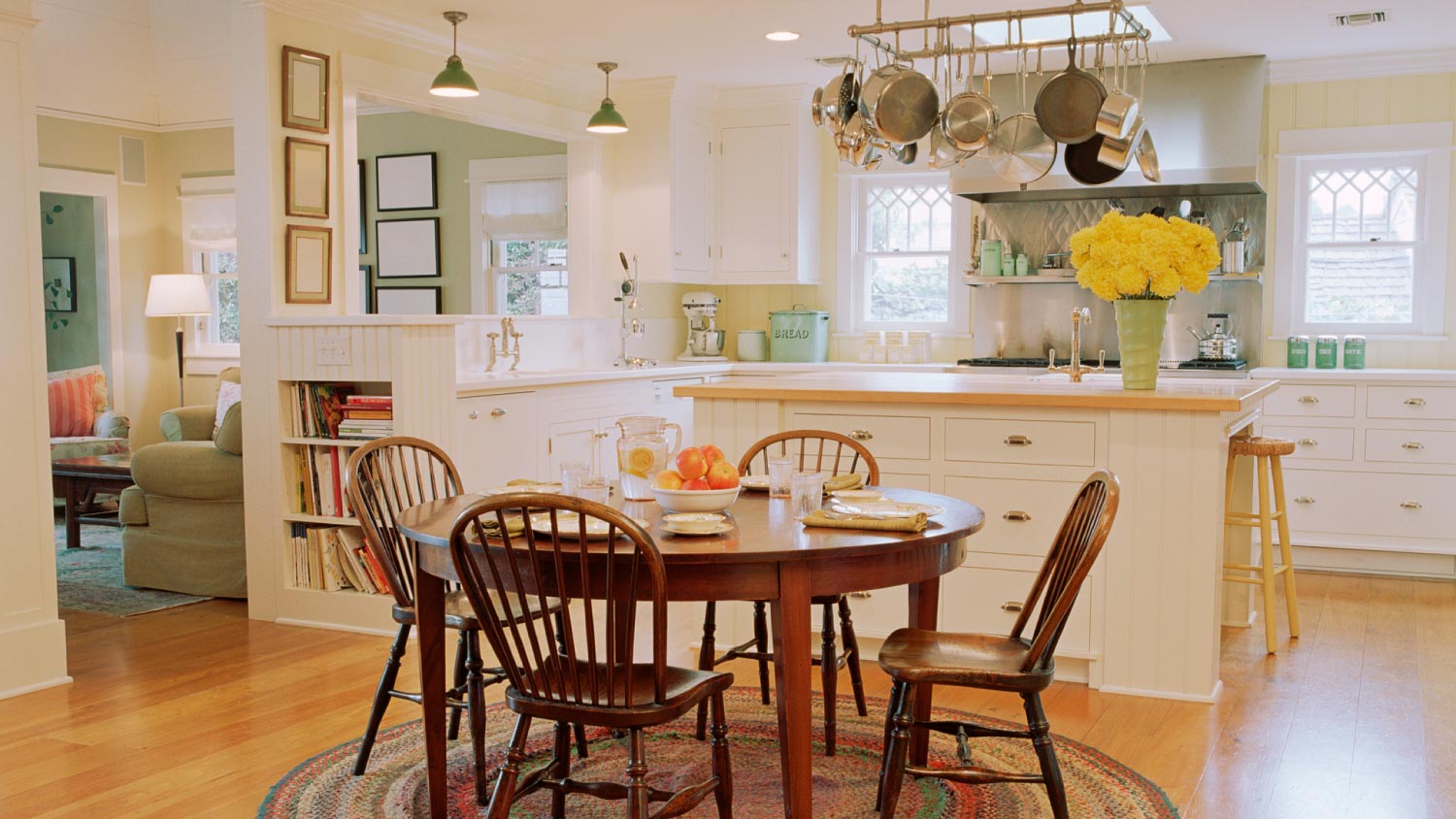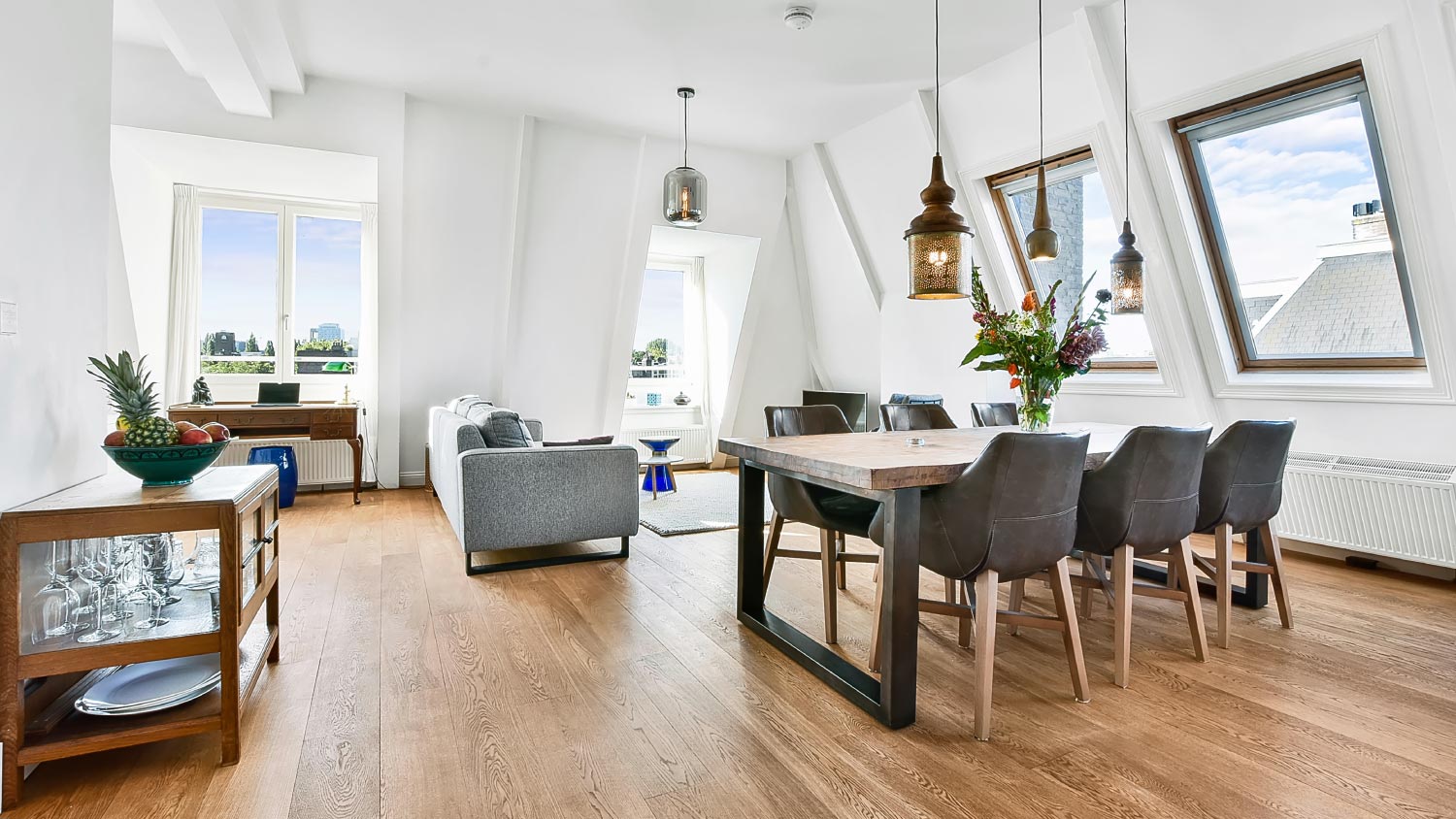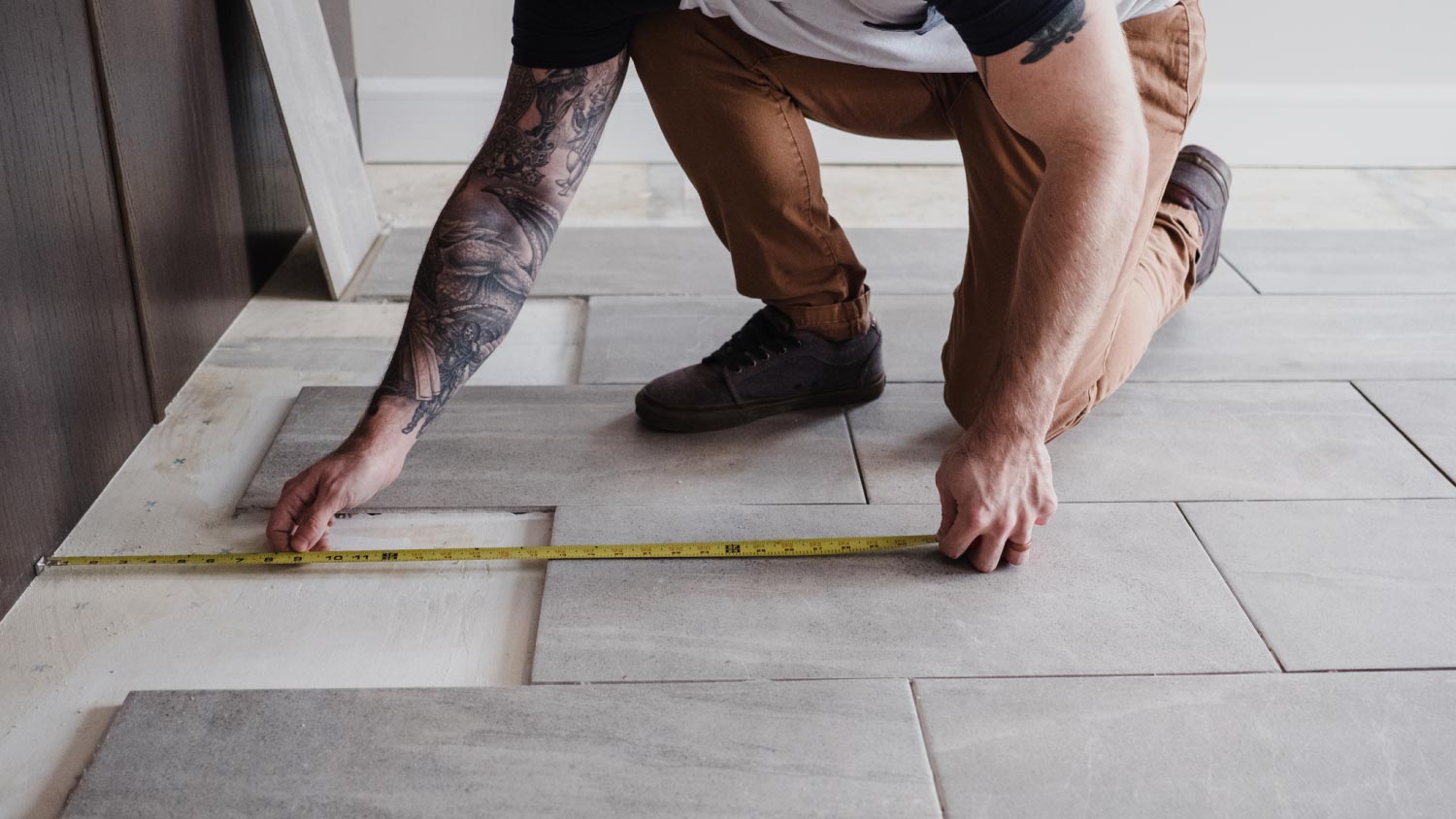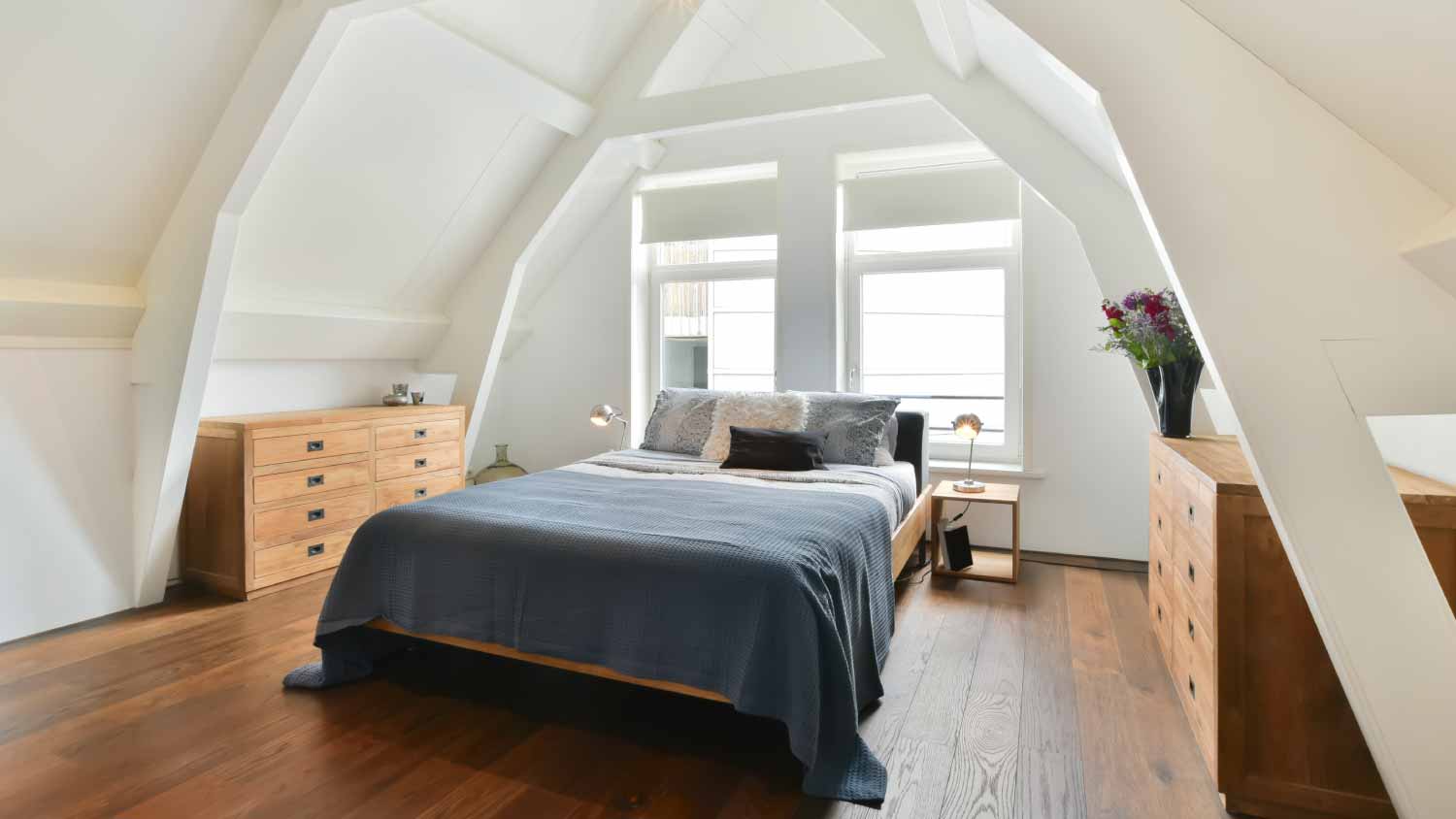The 10 Biggest Do's and Don'ts of Home Remodeling
Up your home remodeling game with these handy do’s and dont’s


A remodel adds value to your home
Know your limits and don’t be hasty
Prioritize your renovation projects
Honor your home's original architecture
Aim for more than the "wow" factor
It looks so easy when we watch other people transform their homes online—but there are common pitfalls lurking behind those glossy Pinterest posts and Instagram reveals. Before tackling your home renovation checklist, take a look at these important house remodeling do’s and don'ts.
1. Don't Just Focus on the Updates That Dazzle
A perfect DIY home isn't as glamorous as most people assume. Yes, epic granite countertops and shiplap around the fireplace may make you giddy. However, it's the everyday maintenance that truly keeps a home in picture-ready shape.
It's every bit as important to keep up with routine maintenance as it is to painstakingly pour over the details of a wow-filled renovation. Make sure you're keeping up with these regular maintenance essentials while planning that all-consuming update:
Service your HVAC
Winterize AC
Trim trees
Inspect your fire extinguisher
Test and replace batteries in smoke and carbon dioxide detectors
Vacuum refrigerator coils
Defrost refrigerator
Clean gutters
Clean dryer vent
Check driveway for cracks
Check for ice dams
Caulk showers and tubs
Clean sediment from showerheads
The "grunt" work is what ensures that all of the attention you're giving to a renovation project adds value to your home instead of subtracting value through oversight.
2. Do Prepare to Live in Chaos

It's important to prepare both emotionally and practically for a renovation. Kitchen and bathroom remodels require the biggest adjustments, as both require a plan for accessing fresh water. If you're doing a kitchen remodel, consider creating a makeshift "kitchen" in another room so you can use items like a small coffee maker and microwave. While it's not glamorous, it can save you money on take-out meals.
3. Don’t Underestimate the Difficulty
Getting in over your head can cost you more in the long run. A DIY approach can be a cost-effective and rewarding plan to get the home you want. However, not everyone can become a seasoned carpenter from watching YouTube videos.
There's a reason why contractors spend years in training programs and apprenticeships before they work on homes. It's also important to be honest about the value of your time. While you may be able to do a job for a fraction of what a contractor would charge, you may spend weeks working on a project with less than desirable results that a local pro could’ve done impeccably.
This is where you should also consider resale value. Would you really want to purchase a house after finding out that all of the renovations were done by the owner instead of licensed contractors?
4. Do Check for Code Requirements
Research code and permit requirements for your property before you embark on a renovation. While you may think that nobody is watching, the truth is that work that's not up to code can become a real headache if you try to sell your home in the future. You could even be in hot water with your home's insurance policy if illicit work causes damage.
5. Don't Ignore Your Home's Original Architectural Style

You definitely have a license to breathe some fresh life into your home's aesthetic. However, there's a special balance that needs to be achieved for integrating new elements while honoring the "bones" of your home. Disjointed additions can harm resale values. Make sure any additions you make complement the original structure instead of appearing to be at odds with it.
5. Do Choose New Appliances Early in Your Process
Don't think of new appliances as last-minute additions. New appliances should actually be used as inspiration when making design choices because they sway the theme of a room.
6. Don't Choose Your New Furniture Until the End
It's hard to know what will work until you have all of the elements of a new space in place. While you may have an idea of the styles you want, last-minute changes during the renovation process could drastically change layout.
7. Do Order Extra Flooring
Don't risk coming up short with flooring you can't find in stock again. The rule is to order 20% more flooring to account for damaged or defective pieces.
8. Don't Measure Incorrectly

You'd be surprised to learn just how common this mistake is. Being just an inch off can completely throw your plans off track. Consider bringing someone else in to confirm your measurements, or call a remodeling pro in to handle measurements for you.
9. Do Devote Time to Prep Work
It's so tempting to dive right into the "meat" of a project, especially if you are DIY. However, the thing that catches most first-time renovators by surprise is that prep work can take days. Don't fast forward through properly taping, priming, spackling, and sanding because that "rushed" work will come through in the final product.
10. Don't Settle for the Least Expensive Contractor
While plenty of contractors offer fair pricing, it's important to avoid quotes that seem suspiciously low when hiring a home improvement contractor.
Lower prices often come with low-quality materials. Investigate a remodeler's reviews, history, and portfolio of work before signing on. It's entirely possible that the remodeler that came in with the lower quote does offer quality work. However, you have to do your homework before you trust your home to anyone.
Frequently Asked Questions
If you’re renovating or remodeling a house, it’s always best to prioritize structural issues, such as the home’s foundation or roof. You should also first address any problems with plumbing or electrical. You should also prioritize any high-impact rooms, such as the kitchen and bathrooms. Then, you can move on to more cosmetic changes, such as adding flooring or painting the walls.
In most cases, it is safe to stay in a house while renovating. However, you should take precautions if there is active construction going on. You should keep the main living area separate from the construction zone, and make sure animals and kids don’t have access to any dangerous equipment. It’s not safe to stay in a home that’s having asbestos removed.
Experts say you should aim to spend no more than 10% to 15% of your home’s value on one single room when you’re doing a house renovation. As a whole, it’s wise not to spend more than 50% of the value of your house on a full-house renovation.





- Bathroom Remodeling
- Kitchen Remodeling
- Shower Installation
- Stair Installers
- Bathtub Installation
- Shower Door Installers
- Kitchen Design
- Bathroom Design Companies
- Storm Shelter Builders
- Pre-Made Cabinets
- Kitchen Refacing
- Bathtub Replacement
- Ceiling Tile Installation
- Suspended Ceiling Companies
- Residential Designers
- Stair Builders
- Remodel Designers
- Shower Enclosures
- Home Renovations
- Kitchen Renovations
- Garage Remodeling
- Grab Bar Installation
- Walk-In Tub Installers
- Tub to Shower Conversion
- Balcony Contractors
- 9 Things That Will Slow Down Your Home Renovation
- 14 Home Renovation Tips for a Stress-Free Project
- Which Home Projects To Put On Your To-Do List First After Moving
- Kitchen Remodel Checklist to Help You Plan Your Project
- 6 Tips to Prepare for a Successful Home Remodel
- How to Build a House: Your Complete Guide to the Home-Building Process
- Top Tips on Hiring the Perfect General Contractor for Your Next Project
- 6 Home Projects You Should Complete Before You Move In
- Buying a House That Needs Repairs? Ask These 12 Questions First
- 11 Big Mistakes to Avoid When Building a New Home















